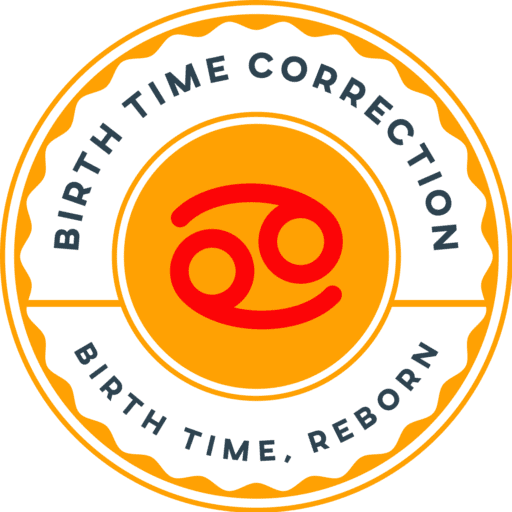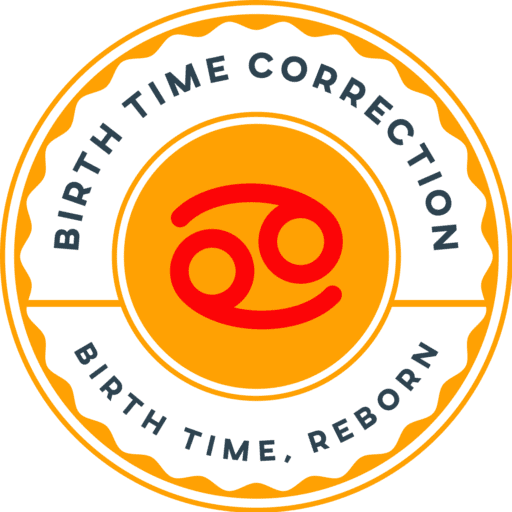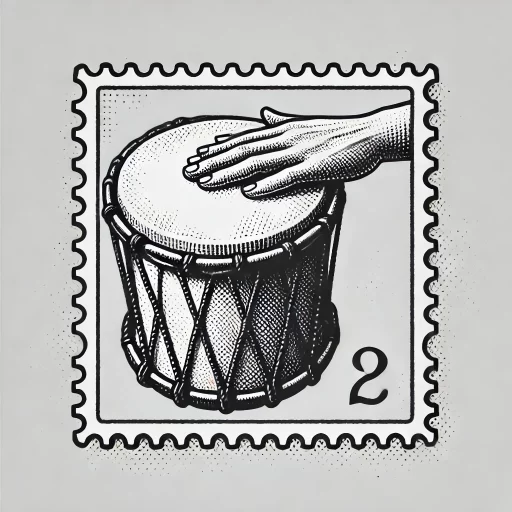Key Words : Rhythmic beats of a drum, Dhana = wealth + Nishtha = steadiness, Dhana = wealth + Ishtha = like, One who likes to build abundance and stability in life, Dwahni = sound + nishtha = steadiness – steadiness of sound, Steady beats of a drum, , Foundation of sound, Also called Shravishtha (sound/hearing), That which is founded on sound and hearing, Sharavishtha is most heard or most famous, Shakti is Khyapayitri Shakti or the power to give abundance and fame, Star of action (verb to act), Symphony, Putting into practice what you heard, Putting plans into action, In Shravana the matter was given a hearing in Dhanishtha there is action on the hearing, Active Nakshatra, Implements plans and concepts, Brihat Samhita calls Dhanishtha as Vasudeva as the Ashta Vasus are associated here ( 8 elemental gods), Bringing steady wealth, Practical, Strongly connected with genesis – a new ray of light, The 8 elemental gods are: 1.Prithivi/Dhara (earth) with Agni or fire inside, 2.Antariksh/Aha (Space/Pervading) the wind resides here, 3.Dayus/Prabhasa (Sky/Splendour) the Sun resides here, 4.Nakshatrani/Dhruva (Star/Polestar) the Moon resides here, Connected with Real Estate – tenants live in a building and pay rent (steady wealth for the owner), Owner of multiple buildings , Puts knowledge and theories into practice, Chara Nakshatra, Connects Capricorn and Aquarius, Drum is associated with immaculate timing, Rigid and Obstinate, Mars is exalted here, Native adventurous like Mars, Spiritual warrior, Chara so a lot of travelling, Insecure and troublesome childhood as Moon in Dhanishta would have given Mars and Rahu Dasha early on, Women with Moon in Dhanishta have difficult marital karma, Men with Moon in Dhanishtha are disliked by women due to the Mythology of Bheeshma who said he would never get married so women not comfortable with a male Dhanishta, Keen sense of association with music, Association with Jyothish as Shiva’s Damaroo emanated sounds which created the universe, Connected with bamboo due to association with the flute (Punarvasu is also connected with Bamboo), Musical Ear, Alpha Delphini/Beta Delphini/Delta Delphini/ Gamma Delphini, Music from a hollow space like a flute, Rakshasa Gana, Bird:Peacock, Animal : Female Lion, Tree: Shamee/Indian Mesquite, Leonine traits, Comfortable with other Lion/Tiger Nakshatras, Element: Ether (akash), Aloof due to arrogance, Chanting mantras (steady sound) is very good for this Nakshatra, Lion’s share, Desire: to revolve around the summit of the gods (be around famous people), Foundation above:Birth, Foundation below: Prosperity, Bringing people with various talents together, Sage Vashistha (son of Varuna) had a wish fulfilling cow – Kamadhenu whose daughter Nandini (also wish fulfilling) was abducted by the Ashta Vasus – Vashistha cursed them to be born on the earth but rescinded his curse to cover only Prabhasa who carried out the abduction. Prabhasa was reborn as Bheeshma (earlier 7 siblings die on birth), Abortion, Infanticide, Childlessness, Loss of children at birth are associated with this Nakshatra, Bad marriage karma (Bheeshma vowed not to get married), Keep a flute of bamboo at home (Dhanishtha), Hari +Har or Shiv + Vishnu, Nakshatra Padas are Leo/Virgo/Libra/Scorpio, Gifts of insights, listening and perception of truth, Puts knowledge and theories into practice, Talent for music, Initial trouble or delay in marriage, Wealthy/influential and charitable, Excellent dancers, finely tuned hearing like the Dolphins, Dancers, Horse Racing, Choreography, Dancing to an upward spiral to beats of a drum, Social Climber, Shravana and Shravishata are a like pair, Storytelling, Pitta Dosha
Dhanishta Nakshatra
Chart Analysis:
- Elisabeth Kubler Ross:


(I’ve told my children that when I die, to release balloons in the sky (Antariksh/Aha) to celebrate that I graduated. For me, death is a graduation.” ― Elisabeth Kübler-Ross)
In Switzerland I was educated in line with the basic premise: work work work. You are only a valuable human being if you work. This is utterly wrong. Half working, half dancing – that is the right mixture. I myself have danced and played too little (Jupiter retrograde?)
Background:
Elisabeth Ross has her Bhrigu Bindu in her 11H of gains with Moksha Karaka Ketu posited in it. Ketu is the co-lord of the 10H of profession. The 10H is the natural 8H of the zodiac, Scorpio dealing with matters of mystery and of life and death. Elisabeth Ross was a Swiss-American psychiatrist, a pioneer in near-death studies and the author of the ground breaking book On Death and Dying
Interpretation:
- Sharavishtha – most heard of most famous: Many people do not realize that I was famous at birth, but it was not a good kind of fame. Triplets like my sisters and me were on display since we were considered so unusual. You have to remember this was before infertility medications that caused twins and triplets and even quadruplets. All I knew was that our pictures appeared on billboards and I was invisible as an individual.
- Infanticide/Abortions -Ganga & Shantanu: After suffering two miscarriages, she had a son, Kenneth, and a daughter, Barbara, in the early 1960s
- Bad marriage karma: Manny Ross finally announced that he no longer wanted to be married and sought a divorce. Their son and daughter remained with him. She was ending a marriage that lasted for 20 years. For a time Elisabeth Kubler was so upset that she no longer wanted to work
- Real Estate: Prithvi with Agni inside: Years later, in 1994, I bought a three-hundred-acre farm in Virginia. I wanted it to be a place of healing, partially for the care of AIDS babies, and the locals were not happy with me. But I was used to stigmas around death and dying. I saw people dying of AIDS stigmatized the same way I saw people years before stigmatized by society. I had underestimated the hatred for my farm when, in the end, it was burned down by arsonists.
- Gifts of insight: As stated, and important to emphasise, Kübler-Ross’s five stages of grief model was developed initially as a model for helping dying patients to cope with death and bereavement, however the concept also provides insight and guidance for coming to terms with personal trauma and change, and for helping others with emotional adjustment and coping, whatever the cause.
References:
http://www.jameslau88.com/my_own_grief_by_elisabeth_kubler_ross.htm
https://en.wikipedia.org/wiki/Elisabeth_K%C3%BCbler-Ross
http://www.biography.com/people/elisabeth-kubler-ross-262762#synopsis
http://www.theguardian.com/society/2004/aug/31/mentalhealth.guardianobituaries
- Diana Spencer Charles:


The Panorama Interview: This is a transcript of the BBC1 Panorama interview with the Princess of Wales, broadcast in November 1995 – BASHIR: “According to press reports, it was suggested that it was around this time things became so difficult that you actually tried to injure yourself.” DIANA: “Mmm. When no one listens to you, or you feel no one’s listening to you, all sorts of things start to happen.” (Shravana and Dhanishta are considered to be paired nakshatras connected with sound/listening/hearing)
Background:
On the day of Diana’s funeral, an estimated two million mourners lined the route and two and a half billion viewed the procession worldwide on television. The only sound was the clatter of horses’ hooves and the peal of a church bell (steady beats)
Interpretation:
- Bad Marriage Karma: Diana became Princess of Wales when she married the Prince of Wales. Within five years of her marriage, the couple’s incompatibility and age difference (almost 13 years),as well as Diana’s concern about Charles’s relationship with Camilla Parker Bowles, became visible and damaging to their marriage. During the early 1990s, the marriage of the Prince and Princess of Wales fell apart, an event at first suppressed, then sensationalised, by the world media.
- Most heard most famous: Widely described as a “fairy-tale wedding”, Princesses Diana’s wedding was watched by a global television audience of 750 million while 600,000 people lined the streets to catch a glimpse of the couple enroute to the ceremony. Princess Diana was a major presence on the world stage, often described as the “world’s most photographed woman
- Adventurous: The next day, Diana walked the streets of Kuito, thought to be the most mined city in the world at the time. She even went so far as to don a riot helmet and flak jacket and follow Halo Trust’s Paul Heslop into the fields nearby to explode some mines—then stepped off camera to let the cloud of menacing black smoke fill the screen. After filming stopped, Diana didn’t. The fight to ban anti-personnel land mines became a personal crusade, one that would fill the last year of her life.
- Miscarriage/Abortion: The book says that Diana “freaked out” when she learned she was pregnant in 1994 and became “almost unhinged with misery and grief”. At the time, the Princess was having an affair with wealthy art dealer Oliver Hoare. According to The Real Diana, by Royal author and socialite Lady Colin Campbell, she wanted to keep the baby and told friends wistfully: “Suppose it’s a girl.” But distraught as she was, she knew “what she had to do”. Diana was separated from Prince Charles at the time but not divorced. The author quotes one of her principal sources, an earl’s daughter, as saying: “How could she have a baby? She wasn’t divorced. She couldn’t have an illegitimate baby. She couldn’t do that to William and Harry. The scandal would’ve been too much.”
- Talent for music: At school she showed a particular talent for music (as an accomplished pianist), dancing and domestic science, and gained the school’s award for the girl giving maximum help to the school and her schoolfellows.
References:
https://en.wikipedia.org/wiki/Diana,_Princess_of_Wales
http://www.dailymail.co.uk/news/article-328739/Diana-secret-abortion.html
- Michael Jordan:
(Dancing to an upward spiral to the beat of a drum)
Lion’ share: Jordan was getting a lot of attention his rookie year. Sports Illustrated put him on the cover of their magazine with the words “A Star is Born” just one month into his NBA career. All that quick attention aggravated a few NBA veterans. They decided to execute a “freeze out” of Jordan during the All-Star game where they simply wouldn’t pass him the ball.
Background:
Wealthy influential charitable: Michael Jordan had vowed to donate his share of the proceeds from two lawsuit settlements and on Tuesday he made good on that promise, donating millions to 23 not-for-profits aimed at helping Chicago Children, according to Kim Janssen of the Chicago Tribune.
Jordan had sued supermarkets Dominick’s and Jewel-Osco for using his name without permission in a 2009 issue of Sports Illustrated. A jury awarded Jordan $8.9 million from the case against Dominick’s and later reached a settlement for an undisclosed amount in the case against Jewel-Osco.
Interpretation:
- Bad Marriage Karma: He married Juanita Vanoy in September 1989. Jordan and Vanoy filed for divorce on January 4, 2002, citing irreconcilable differences, but reconciled shortly thereafter. They again filed for divorce and were granted a final decree of dissolution of marriage on December 29, 2006, commenting that the decision was made “mutually and amicably”.
- Real Estate: In 1991, Jordan purchased a lot in Highland Park, Illinois, to build a 56,000 square foot mansion, which was completed four years later.
- Sharavistha/Most heard or most famous: In 1989, Michael Jordan had a local television show called Michael Jordan Airwaves on ABC7 with sportsman Jim Rose. It’s filmed in front of a very enthusiastic studio audience, who ask the young star questions. Jordan even answers a golf question (about controversial correction clubs).
- Khyapayitri Shakti (abundance & fame): A well-timed investment in the Charlotte Hornets basketball team lifted star athlete Michael Jordan into the billionaire ranks in 2015, and is keeping him there this year. In April 2009, Jordan received one of basketball’s greatest honors: He was inducted into the Naismith Memorial Basketball Hall of Fame.
- Puts knowledge and theories into practice: You can practice shooting eight hours a day, but if your technique is wrong, then all you become is very good at shooting the wrong way. Get the fundamentals down and the level of everything you do will rise.” Jordan warns that when you “get away from fundamentals and the bottom can fall out of your game, your schoolwork, your job or whatever you’re doing.” In a world of complexity we tend to forget that even the most complex of systems, machines and methods are built on the foundation of sound fundamentals. And once the basics are mastered, they need to be kept sharp through practice and repetition.
References:
https://en.wikipedia.org/wiki/Michael_Jordan
http://chicagoist.com/2012/11/30/airwaves_the_lost_michael_jordan_te.php
http://www.lishennair.com/2012/07/10-lessons-from-michael-jordan-that.html
http://www.incomediary.com/how-to-be-like-mike-20-life-lessons-from-michael-jordan
**********




